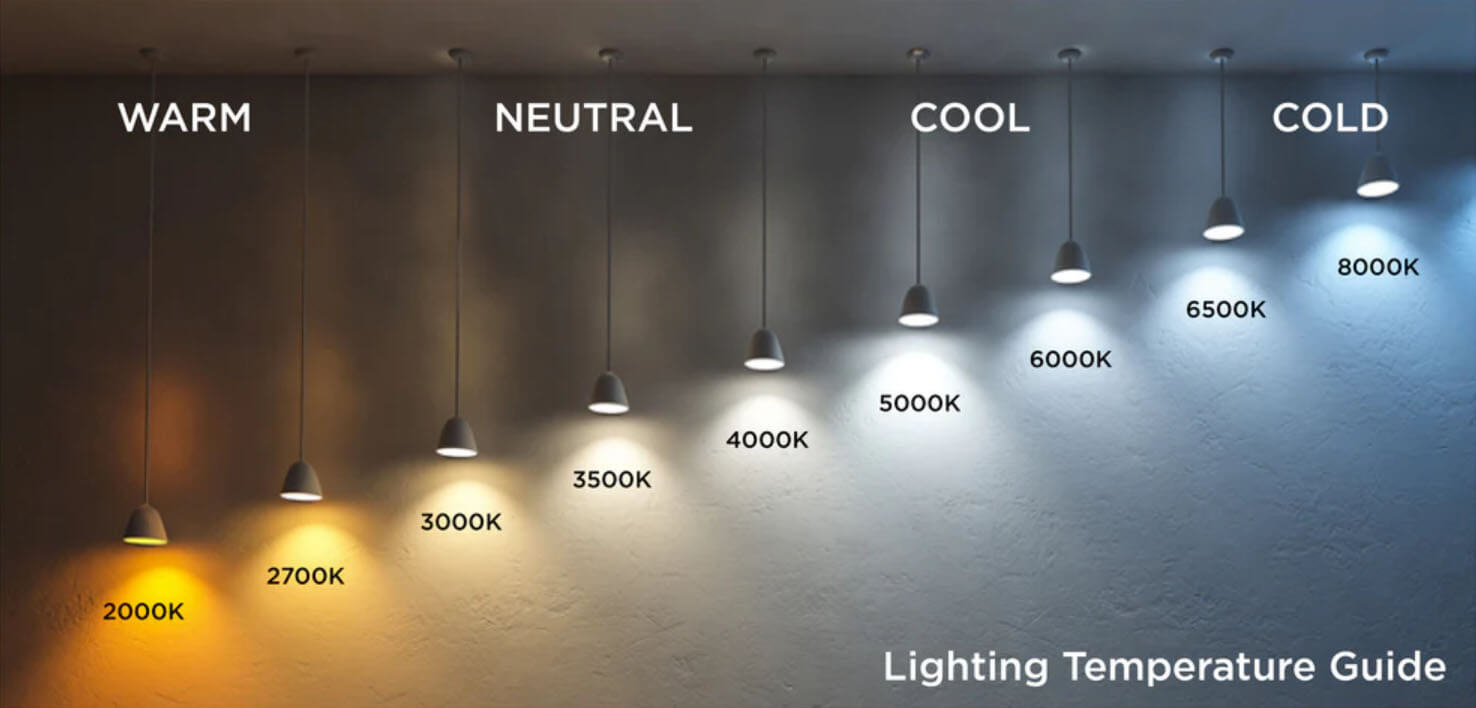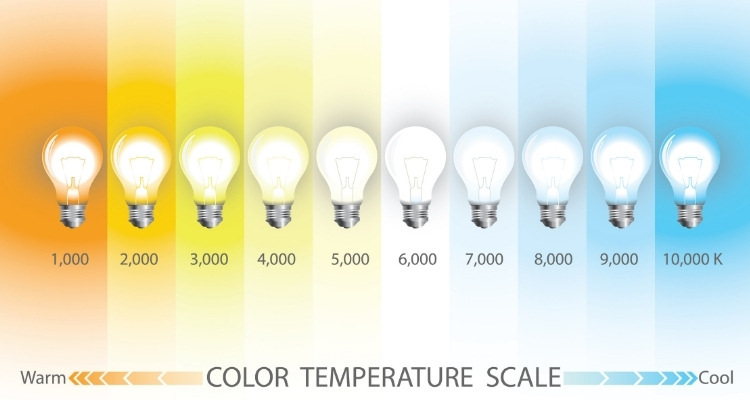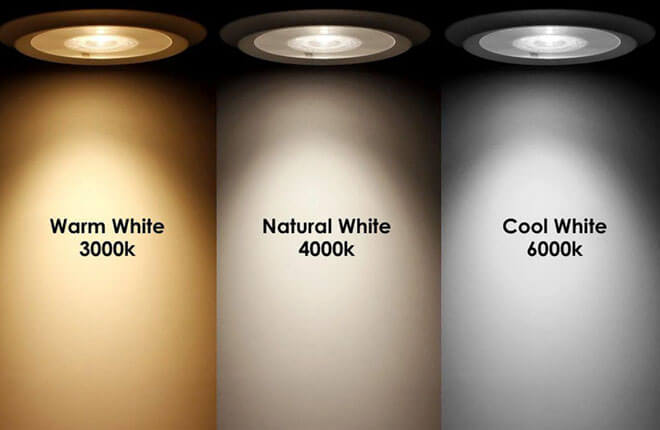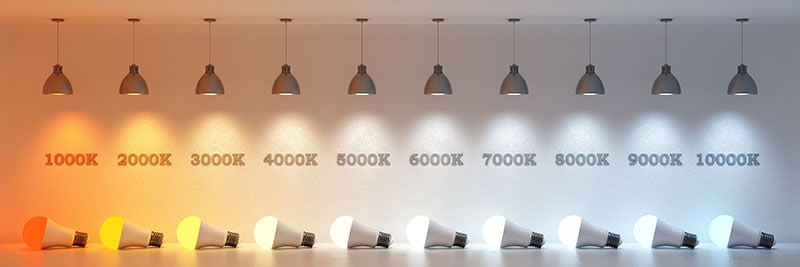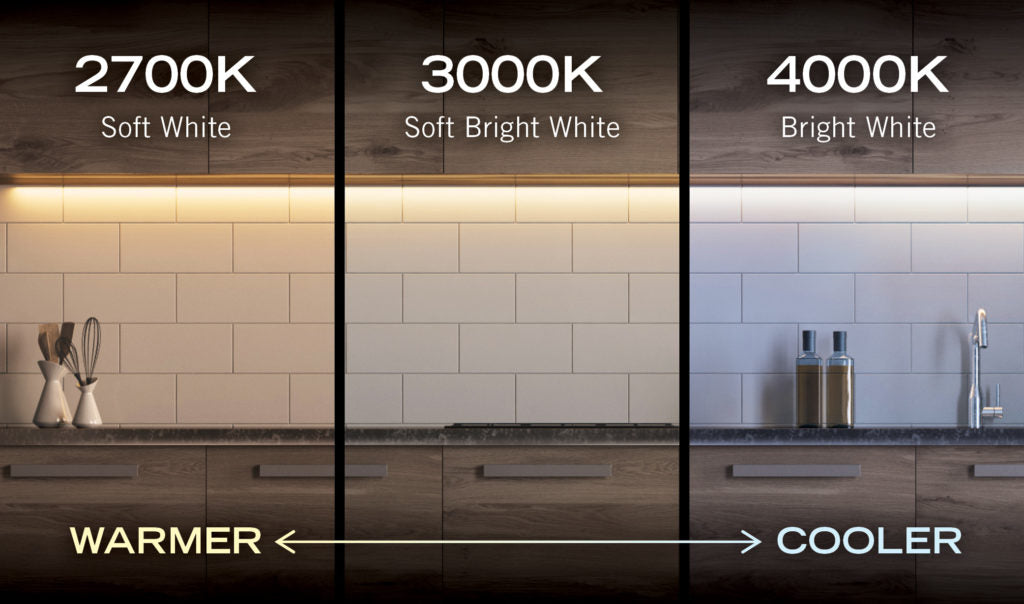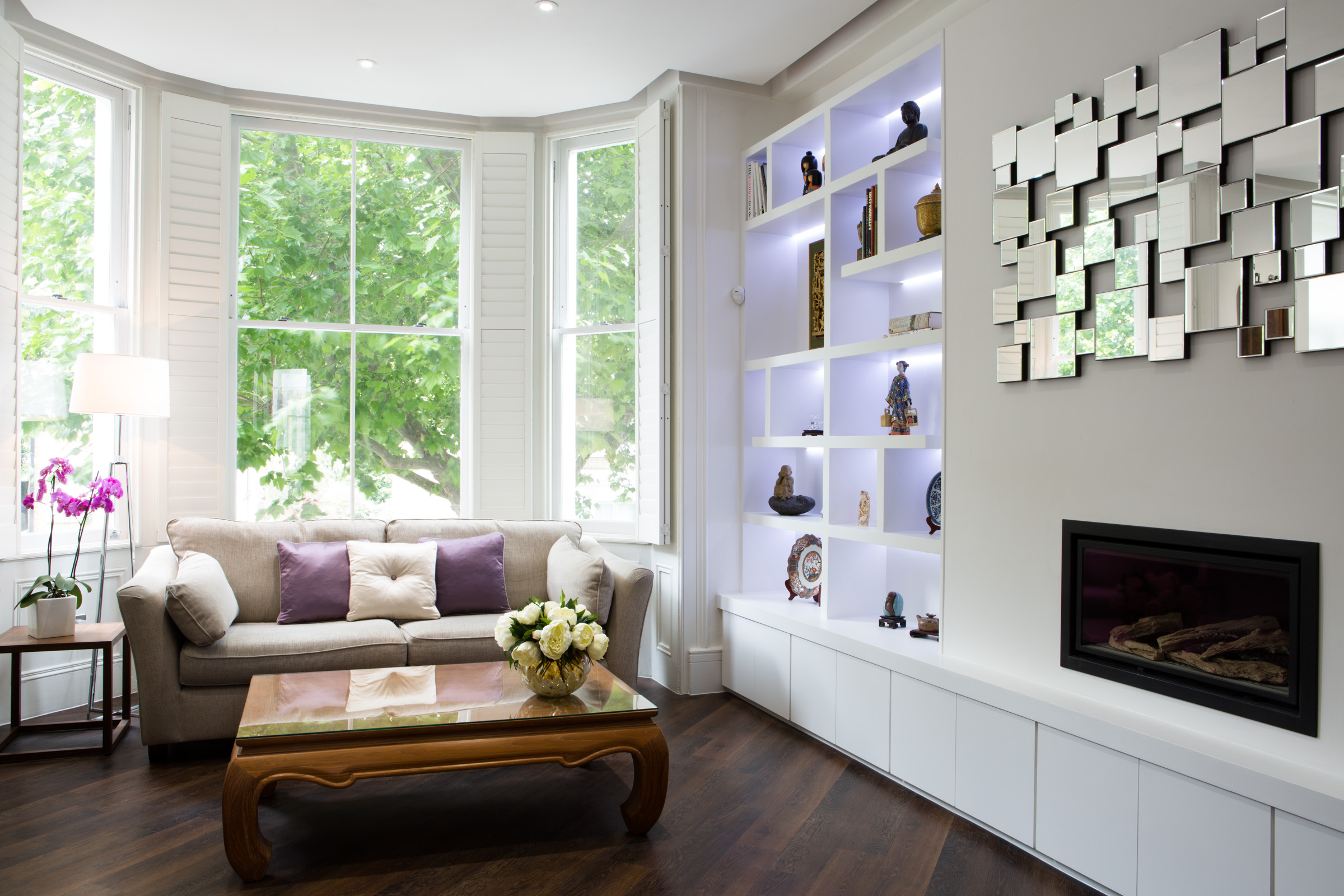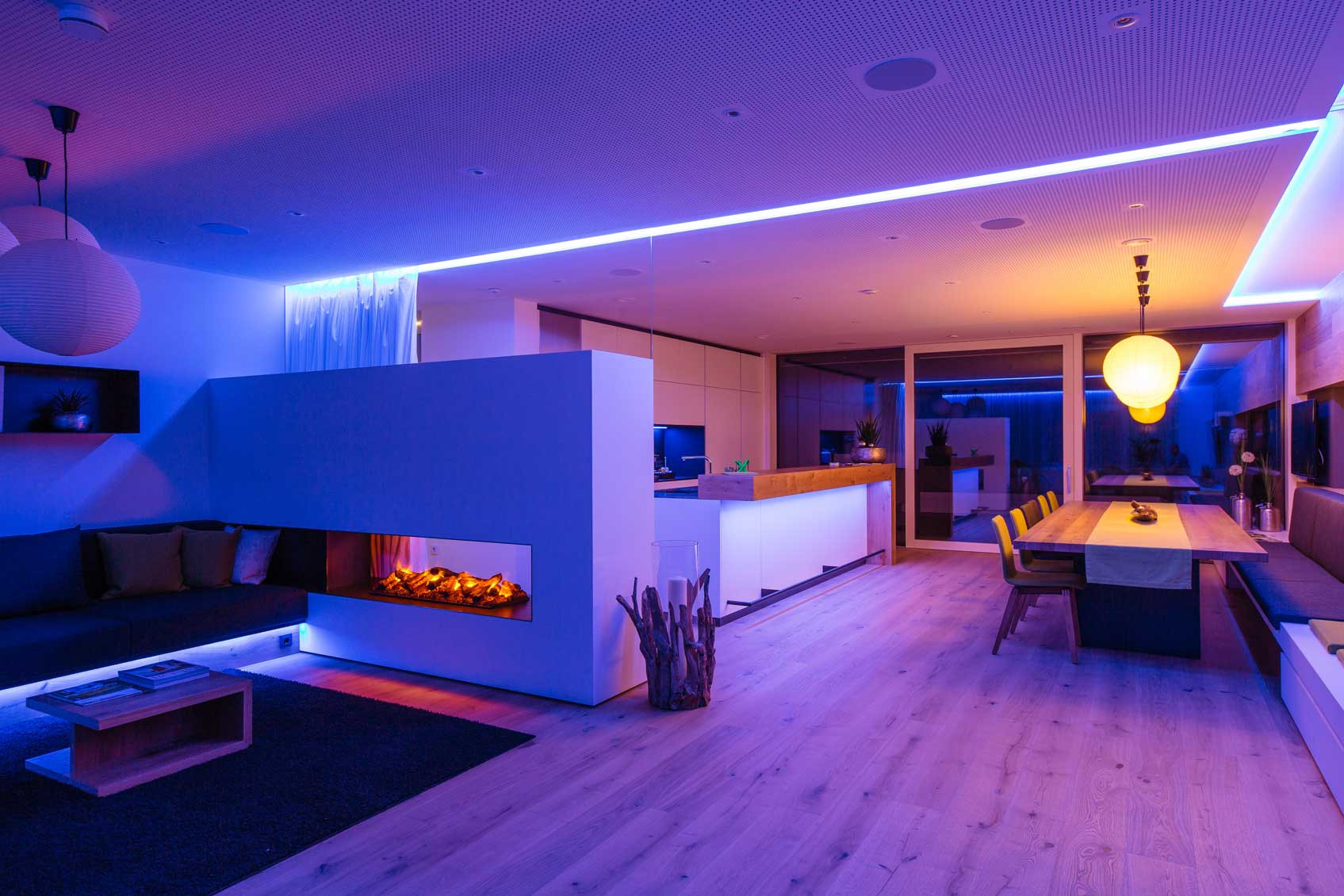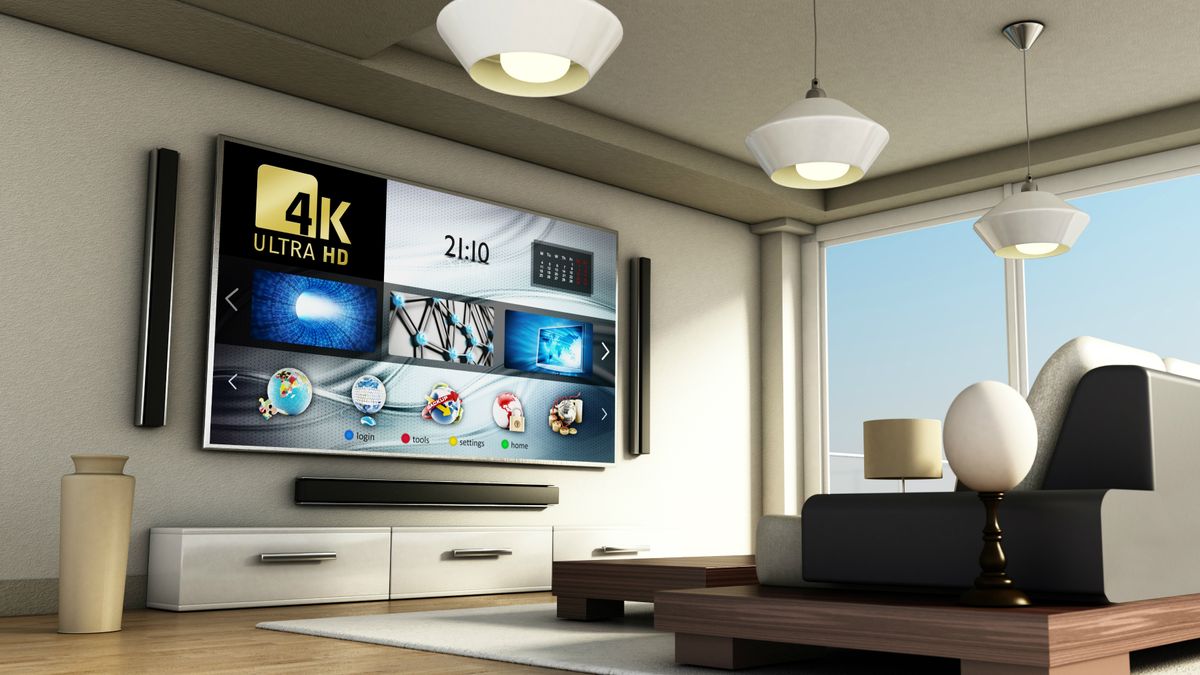When it comes to lighting your living room, the color temperature of your bulbs can make a big difference in the overall look and feel of the space. In this article, we'll be comparing 3000k and 4000k lighting to help you determine which is the better choice for your living room.3000k vs 4000k: Which is Better for Your Living Room Lighting?
First, let's break down what 3000k and 4000k actually mean. The "k" stands for Kelvin, which is a unit of measurement for the color temperature of light. The higher the Kelvin number, the cooler (more blue) the light appears, and the lower the number, the warmer (more yellow) the light appears. 3000k lighting has a warm, yellowish hue, similar to the light produced by traditional incandescent bulbs. On the other hand, 4000k lighting has a cooler, bluish hue, similar to natural daylight. Both have their own unique benefits, which we'll discuss further in this article.Understanding the Differences Between 3000k and 4000k Lighting
When it comes to choosing the right color temperature for your living room, it ultimately depends on your personal preference and the purpose of the space. If you want a cozy, warm atmosphere, then 3000k lighting may be the better option. This color temperature is often used in living rooms, bedrooms, and other areas where relaxation is the main focus. On the other hand, if your living room is a multi-functional space, where you may need bright, daylight-like lighting for activities such as reading or working, then 4000k lighting may be more suitable. It can also make the space feel more open and airy, which can be beneficial for smaller living rooms.Choosing the Right Color Temperature for Your Living Room: 3000k vs 4000k
When it comes to energy efficiency, 3000k and 4000k lighting are relatively similar. However, 4000k lighting may be slightly more energy efficient since it produces a brighter light, meaning you may not need to use as many bulbs to achieve the desired brightness in your living room. Additionally, LED bulbs, which are known for their energy efficiency, are available in both 3000k and 4000k color temperatures. So, if energy efficiency is a top priority for you, be sure to look for LED bulbs in either 3000k or 4000k.3000k vs 4000k: Which is More Energy Efficient for Your Living Room?
When it comes to brightness, 4000k lighting is generally brighter than 3000k lighting. This is because the cooler, bluish hue of 4000k lighting mimics natural daylight, which is typically brighter than traditional warm lighting. However, this doesn't necessarily mean that 4000k lighting is always the better choice for your living room. If you prefer a softer, more relaxed atmosphere, then 3000k lighting may be more suitable, even if it isn't as bright.Comparing the Brightness of 3000k and 4000k Lighting in Your Living Room
The ideal ambiance for your living room depends on the specific mood or atmosphere you want to create. If you want a warm, cozy space, then 3000k lighting can help achieve that. You can also pair it with dimmer switches to easily adjust the brightness and create a more intimate atmosphere. On the other hand, if you want a bright, energizing space, then 4000k lighting may be the better choice. You can also pair it with accent lighting, such as lamps or string lights, to add warmth and depth to the space.How to Create the Perfect Ambiance in Your Living Room with 3000k and 4000k Lighting
When it comes to your living room decor, both 3000k and 4000k lighting can work well, depending on the overall style and color scheme of the space. 3000k lighting tends to evoke a more traditional, cozy feel, while 4000k lighting can give a more modern, industrial vibe. Consider the colors and textures in your living room when choosing the color temperature to ensure it complements your decor.3000k vs 4000k: Which is More Suitable for Your Living Room Decor?
Here's a quick breakdown of the pros and cons of each color temperature to help you make your decision: 3000k:The Pros and Cons of Using 3000k vs 4000k Lighting in Your Living Room
No matter which color temperature you choose, the lighting in your living room can have a significant impact on the overall look and feel of the space. So, take the time to consider your options and experiment with different lighting to find the perfect balance for your living room.Transform Your Living Room with the Right Color Temperature: 3000k vs 4000k
In the end, the choice between 3000k and 4000k lighting for your living room comes down to personal preference and the specific needs of your space. Whether you prefer a warm, cozy atmosphere or a bright, energetic one, both color temperatures have their own unique benefits that can help you create the perfect ambiance in your living room.Maximizing Comfort and Functionality in Your Living Room with 3000k and 4000k Lighting
The Importance of Lighting in House Design

Creating the Perfect Ambiance
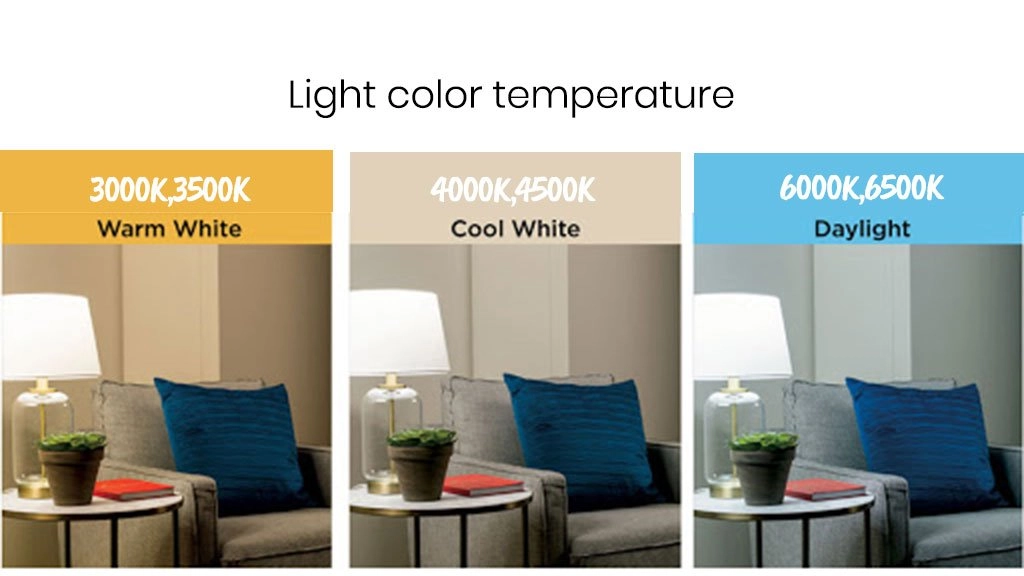 When it comes to designing our homes, we often focus on the furniture, color scheme, and overall layout. However, one aspect that is often overlooked but plays a crucial role in creating the perfect ambiance is lighting. Lighting not only provides functionality but also adds warmth and character to a living space. With a variety of lighting options available, it can be overwhelming to decide on the right one for your living room. One common debate is whether to use 3000k or 4000k lights in the living room. Let's explore the differences between the two and how they can impact the overall design of your living room.
When it comes to designing our homes, we often focus on the furniture, color scheme, and overall layout. However, one aspect that is often overlooked but plays a crucial role in creating the perfect ambiance is lighting. Lighting not only provides functionality but also adds warmth and character to a living space. With a variety of lighting options available, it can be overwhelming to decide on the right one for your living room. One common debate is whether to use 3000k or 4000k lights in the living room. Let's explore the differences between the two and how they can impact the overall design of your living room.
The Warmth of 3000k Lights
 3000k
lights emit a warm, yellowish light that is often associated with traditional incandescent bulbs. This color temperature is perfect for creating a cozy and inviting atmosphere in a living room. If you enjoy spending your evenings curled up on the couch with a good book or watching a movie, then 3000k lights may be the ideal choice for you. The warm glow of these lights can create a sense of relaxation and comfort, making it the perfect choice for a living room where you want to unwind after a long day.
3000k
lights emit a warm, yellowish light that is often associated with traditional incandescent bulbs. This color temperature is perfect for creating a cozy and inviting atmosphere in a living room. If you enjoy spending your evenings curled up on the couch with a good book or watching a movie, then 3000k lights may be the ideal choice for you. The warm glow of these lights can create a sense of relaxation and comfort, making it the perfect choice for a living room where you want to unwind after a long day.
The Coolness of 4000k Lights
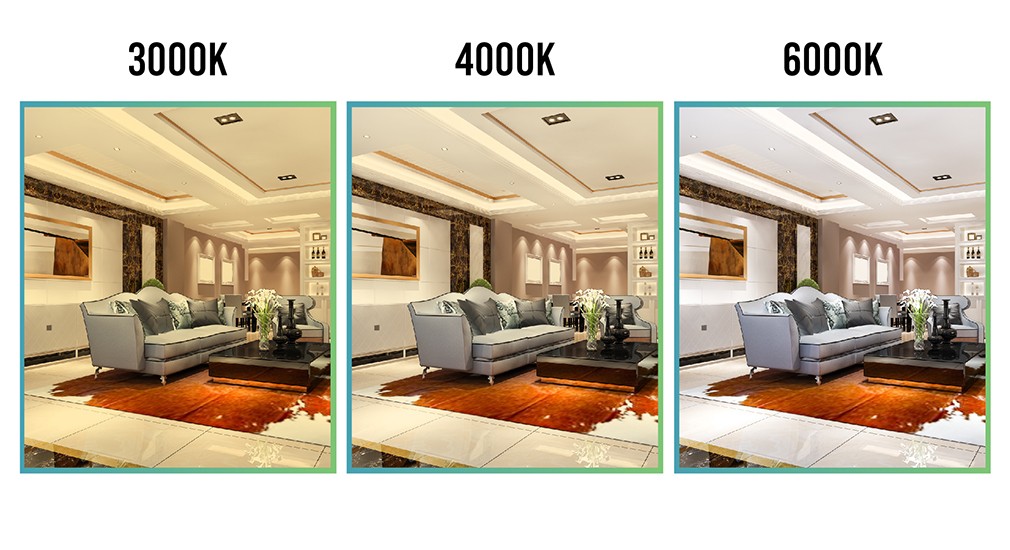 4000k
lights, on the other hand, emit a cool, white light that is often compared to natural daylight. This color temperature is great for creating a bright and energizing atmosphere. If your living room doubles as a home office or a space for entertaining guests, then 4000k lights may be the better option. The cool light can help increase productivity and create a more lively atmosphere for social gatherings.
4000k
lights, on the other hand, emit a cool, white light that is often compared to natural daylight. This color temperature is great for creating a bright and energizing atmosphere. If your living room doubles as a home office or a space for entertaining guests, then 4000k lights may be the better option. The cool light can help increase productivity and create a more lively atmosphere for social gatherings.
Which One is Right for Your Living Room?
 The decision between 3000k and 4000k lights ultimately depends on the function of your living room and the overall design aesthetic you want to achieve. However, a combination of both can also be used to create a balance of warmth and brightness. For example, you can use 3000k lights for the main source of lighting and add 4000k lights as accent or task lighting. This can create a layered and dynamic lighting design that enhances the overall look and feel of your living room.
In conclusion, lighting is a crucial element in house design that should not be overlooked. The choice between 3000k and 4000k lights in the living room ultimately comes down to personal preference and the desired atmosphere. Whichever you choose, remember to consider the function of the room and how lighting can enhance it. With the right lighting, you can transform your living room into a warm and inviting space or a bright and energetic one. So, go ahead and experiment with different lighting options to find the perfect fit for your living room.
The decision between 3000k and 4000k lights ultimately depends on the function of your living room and the overall design aesthetic you want to achieve. However, a combination of both can also be used to create a balance of warmth and brightness. For example, you can use 3000k lights for the main source of lighting and add 4000k lights as accent or task lighting. This can create a layered and dynamic lighting design that enhances the overall look and feel of your living room.
In conclusion, lighting is a crucial element in house design that should not be overlooked. The choice between 3000k and 4000k lights in the living room ultimately comes down to personal preference and the desired atmosphere. Whichever you choose, remember to consider the function of the room and how lighting can enhance it. With the right lighting, you can transform your living room into a warm and inviting space or a bright and energetic one. So, go ahead and experiment with different lighting options to find the perfect fit for your living room.






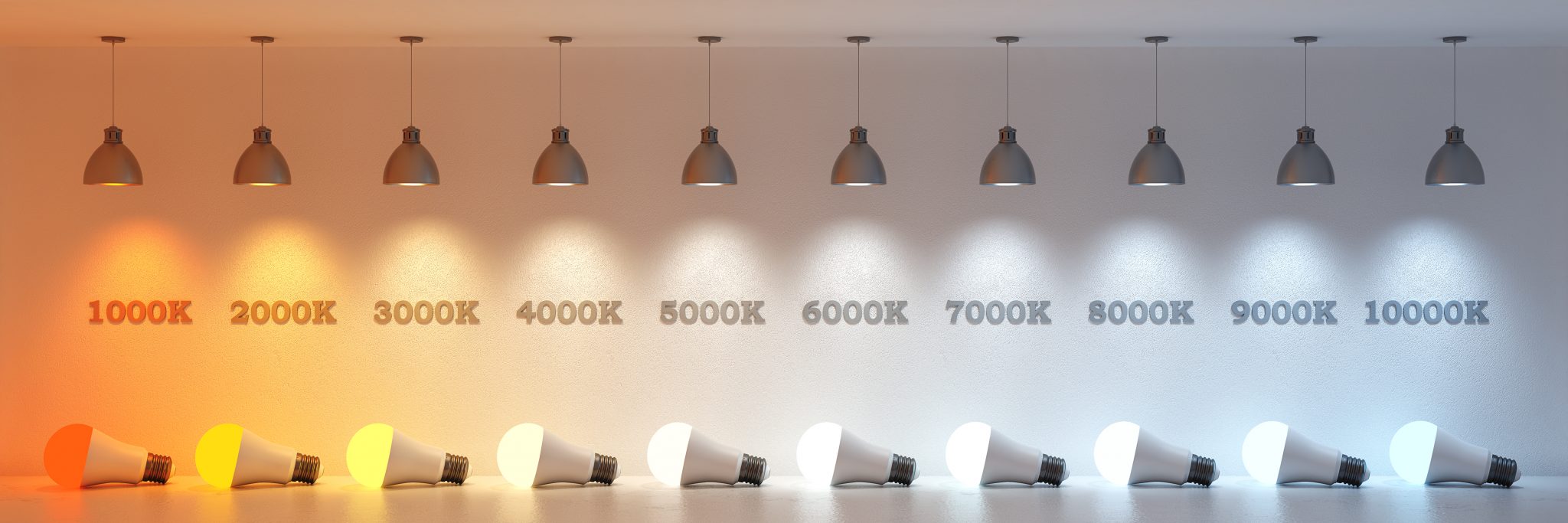



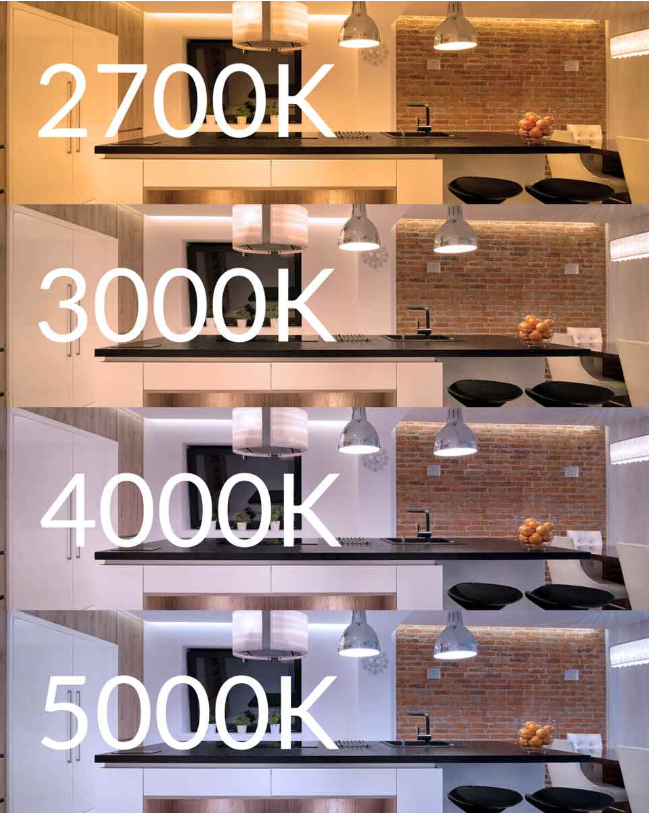





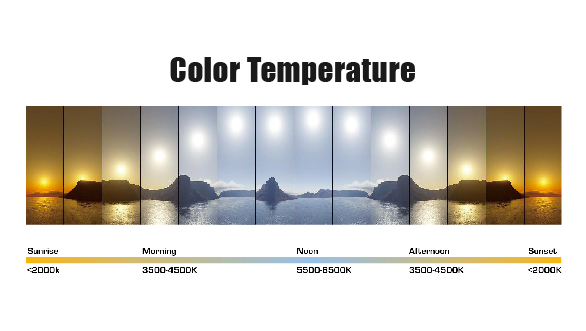
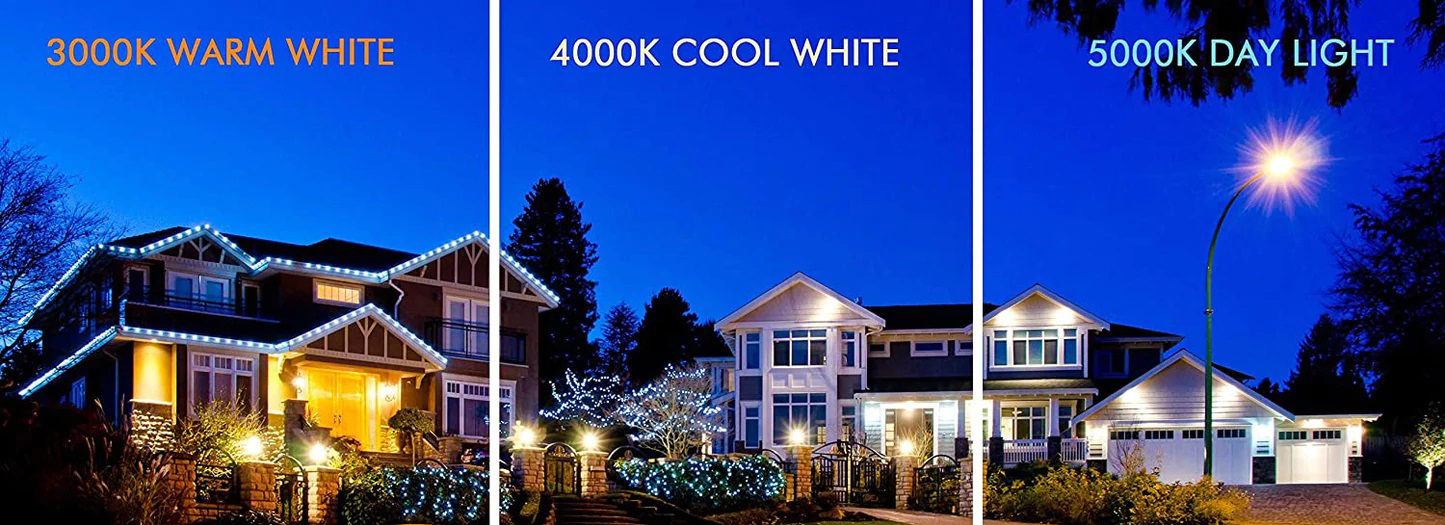
:max_bytes(150000):strip_icc()/living-room-area-rugs-1977221-e10e92b074244eb38400fecb3a77516c.png)







